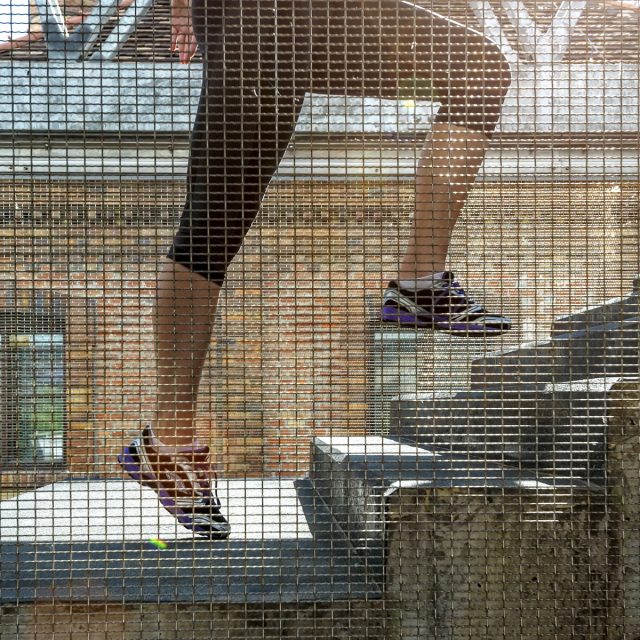You’ve seen hill running at its best in the movies.
The hero prepares to face his adversary and speeds through a 2-minute training montage. At the end of the montage, he sprints up the stairs or up a steep hill, turns to face the world and throws his arms in the air – panting and victorious.
When you’re preparing to face your antagonist – say, your first 10K run or a half marathon – you should do the same.
Here are four reasons why you should be running hills like your favorite Hollywood underdog.
1. Hill running improves endurance and speed
Running hills is a great way to add variety to your training as it forces your muscles to work in a different way than what their used to and disrupts your body’s homeostasis.
Hill running repeats add strength and intensity to your training. Also, maximizing oxygen uptake is easier running up a hill than on an even-levelled track.
When you start running hills, keep in mind that introducing changes will be hard on the muscles. You should make enough time for recovery, even when your heart rate remains in the general endurance area.
2. Running hills develops muscles

It’s also a good idea to do some hill running on rough terrain, for natural hill variety.
Adding variety to your training is always good.
Running on roads and level surfaces places a monotonous strain on your legs and your musculoskeletal system will not develop as optimally as on uneven terrain.
Uneven terrains are gentler on the feet than long stretches of uniform terrain.
3. Running hills improves muscle strength
There are various ways to improve muscle strength. One of the most important ingredients of long-term progress is varying the stimulation.
Hill running in particular is a great way to increase strength in the muscles you need for running. You’re working against gravity, forcing your muscles to work differently from what they’re used to.
But you’re still running.
When you improve strength through hill work, keep repeats rather short to avoid the high levels of lactic acid. Try doing 20–50 meter repeats, alternating between hard and moderate repeats.
Remember: a relaxed running technique leads to better results.
4. Running hills improves efficiency

If you learn to run hard comfortably uphill, your running economy on an even-levelled track will obviously improve greatly.
Also, if you know that your event track will have hilly sections, during the race is not the time to start preparing for them. You should prepare the body, the muscles and the mind by training in racetrack conditions before you put your race bib on.
If you incorporate hill running to your training, you’ll breeze over the hills that come your way.
Quick tips for hill training
- Pay attention to a good, relaxed running technique when you’re running hills.
- Start with small doses of hill running since training changes will easily overexert your muscles.
- Don’t stop running when you reach the top. Instead, jog downhill between repeats to keep your muscles active and boost recovery.
If you liked this post, don’t forget to share so that others can find it, too.
Or give it a thumbs up!
I like this article
Please note that the information provided in the Polar Blog articles cannot replace individual advice from health professionals. Please consult your physician before starting a new fitness program.





